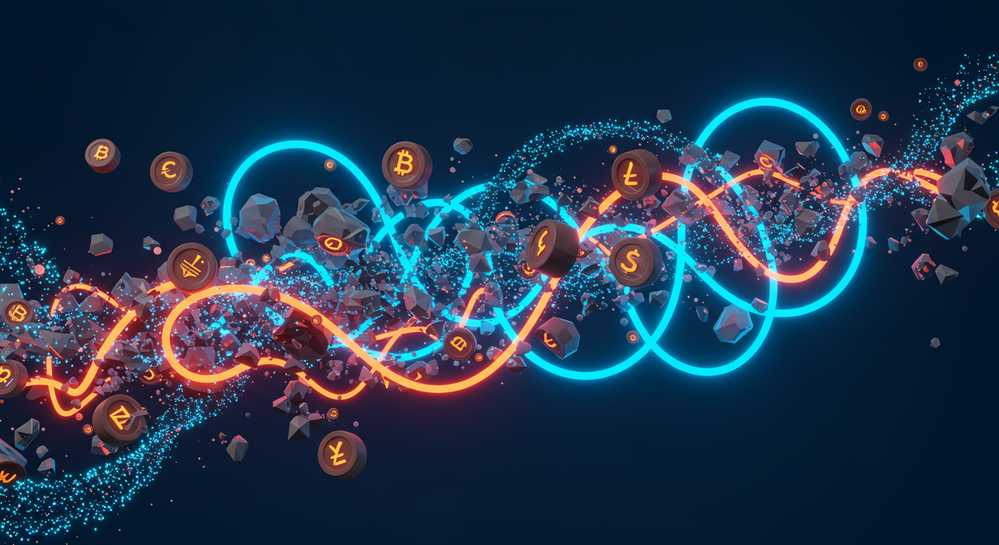The Solana blockchain has rapidly gained prominence for its impressive throughput and minimal transaction fees. Yet, as with any cutting-edge technology, it encounters unique operational hurdles. A central point of discussion within its ecosystem revolves around what is Solana network congestion. This article will meticulously examine the root causes of these performance bottlenecks, analyze their impact on user experience, and highlight the persistent efforts to bolster network resilience and efficiency.
Table of Contents
Understanding Network Congestion in Blockchain

What is Solana Network Congestion?
Solana network congestion occurs when the volume of transactions and computational demands exceed the network’s processing capacity. Unlike traditional blockchains that queue transactions, Solana’s architecture often leads to a high rate of transaction failures during peak demand. This is a critical challenge for its high-throughput design, directly impacting user experience and application reliability.
When the network experiences congestion, users face significant delays in transaction finality and increased costs for successful transactions. Developers also struggle with unpredictable network conditions, making dApp performance inconsistent. Understanding what is Solana network congestion is crucial for anyone interacting with the ecosystem, as it highlights the trade-offs in achieving speed at scale.
- Increased Transaction Failures: Many transactions, especially during demand surges, do not get processed.
- Elevated Priority Fees: Users must pay higher fees to incentivize validators to include their transactions.
- Degraded User Experience: Applications become slow or unresponsive, leading to frustration.
- Unpredictable Network Performance: Developers face challenges in maintaining consistent dApp functionality.
Addressing these issues remains a top priority for the Solana community, with ongoing efforts to optimize network protocols and validator efficiency. These improvements aim to enhance network resilience against future demand spikes, ensuring a smoother experience for all participants.
Specific Causes of Solana’s Congestion

Solana’s Architectural Challenges and Congestion
Solana’s design, while engineered for high throughput, inherently contributes to network congestion. Its unique transaction processing model, where transactions are often broadcast across the entire network, generates a colossal data volume. Crucially, essential vote transactions, vital for consensus, consume significant bandwidth. This constant baseline load, even without user activity, places continuous pressure on the network’s capacity.
Bot Activity and Protocol Limitations
The proliferation of high-frequency trading bots and new applications significantly exacerbates Solana network congestion. These entities flood the network with numerous transactions, many of which fail but still consume valuable resources. This “spam” activity directly competes with legitimate user transactions for limited block space. Furthermore, historical inefficiencies within the QUIC protocol for client-to-validator communication have contributed to suboptimal data handling during peak demand, further straining network resilience.
Impact on Users and the Solana Ecosystem
User Experience and Trust Erosion
Network congestion profoundly degrades user experience on Solana. Users frequently encounter failed transactions, particularly during periods of high demand, leading to wasted time and potential monetary losses from priority fees. This unreliability erodes trust, making new participants hesitant to engage with the ecosystem. Understanding what is Solana network congestion highlights its direct impact on user satisfaction and platform adoption.
Developer Challenges and Ecosystem Reputation
For developers, building on a congested network introduces substantial complexity. They must implement extensive error handling and retry logic, significantly increasing development time and costs. This compromises the functionality of decentralized applications (dApps) that rely on swift confirmations. Consequently, Solana’s reputation as a high-performance blockchain suffers, potentially deterring crucial institutional investment and hindering overall ecosystem growth and innovation.
- Transaction Failures: Users face frequent transaction drops and unconfirmed operations.
- Increased Costs: Higher priority fees are often required for successful transactions.
- Reduced Trust: Unreliable performance diminishes user confidence and adoption rates.
- Development Hurdles: Developers face added complexity for dApp stability.
- Reputational Damage: Congestion can deter institutional interest and capital influx.
Solana’s Solutions and Future Outlook

Mitigating Congestion with Protocol Enhancements
Addressing what is Solana network congestion, the Solana community and developers are actively implementing solutions. A primary focus involves refining the QUIC protocol and deploying advanced Quality of Service (QoS) mechanisms. These improvements aim to prioritize essential transactions, such as those from critical dApps, over spam or low-value activities. This ensures more predictable network behavior during peak loads, enhancing overall stability.
Scalability Through Firedancer and Network Optimizations
Key innovations like Firedancer, an independent validator client developed by Jump Crypto, are set to dramatically increase Solana’s processing capacity and resilience. This will significantly alleviate future congestion. Ongoing efforts also include optimizing the scheduler, which governs transaction ordering, and introducing stake-weighted QoS. This grants validators with higher stakes more influence over transaction priority. These continuous advancements underscore Solana’s commitment to evolving into a robust, reliable blockchain for its expanding global community.
Solana network congestion, while a complex and evolving challenge, serves as a clear indicator of the blockchain’s burgeoning adoption and ambitious architectural design. Addressing these intricacies is an ongoing, dynamic process, with the Solana community and its dedicated developers relentlessly innovating to enhance network stability and refine the user experience. A comprehensive understanding of these complexities is indispensable for anyone actively participating in the ecosystem. For the most current insights and advanced tools to expertly navigate the volatile crypto market, explore Sol Trading Bot.
